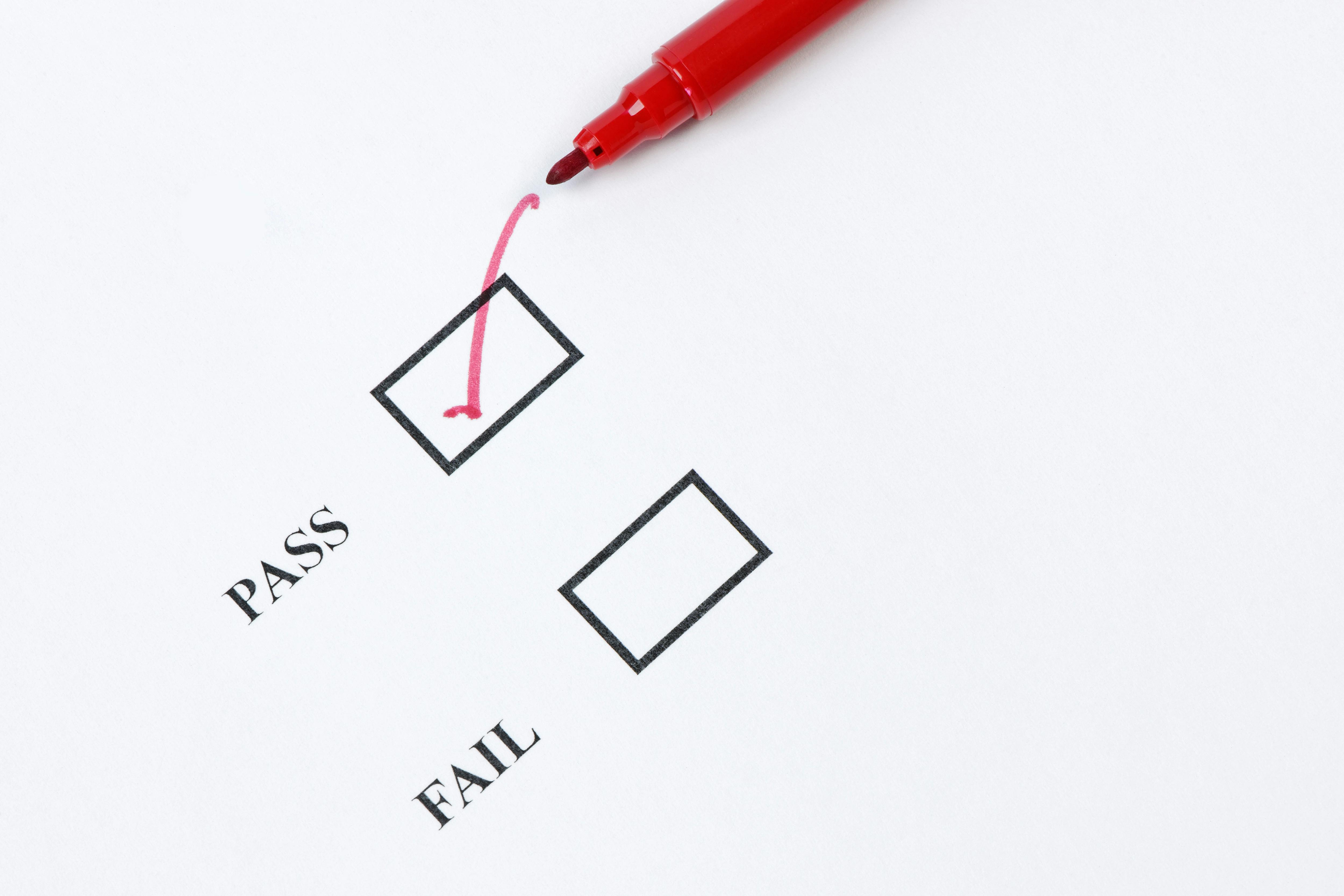A Word of Caution: Using ChatGPT to Study for the PE Exam

AI tools like ChatGPT can be powerful study companions, but when it comes to the PE exam, you should proceed with caution. From my own experience, I’ve noticed that responses from AI often contain unverified or even misleading information. Much of what these tools generate is drawn from unreliable sources, such as online forums or opinion-based platforms, rather than peer-reviewed or authoritative references.
I’ve tested this firsthand. On multiple occasions, ChatGPT and similar tools made mistakes in solving engineering problems—mistakes I had to correct. When I asked an expert why this happens, their explanation was simple: it depends on how much investment has gone into training the model on a given subject. For example, areas like seismology don’t attract as much attention from developers or users, so the knowledge base is thinner and less reliable. By contrast, fields like web development or coding have massive demand, so the AI is generally much more accurate in those domains.
That’s why, if you’re using ChatGPT to study for the PE exam, it’s best to treat it as a supplemental tool, not a primary source. Use it to double-check concepts you already understand or to get a different perspective—but don’t rely on it to teach you the material from scratch. Always verify answers against trusted references and official standards.



